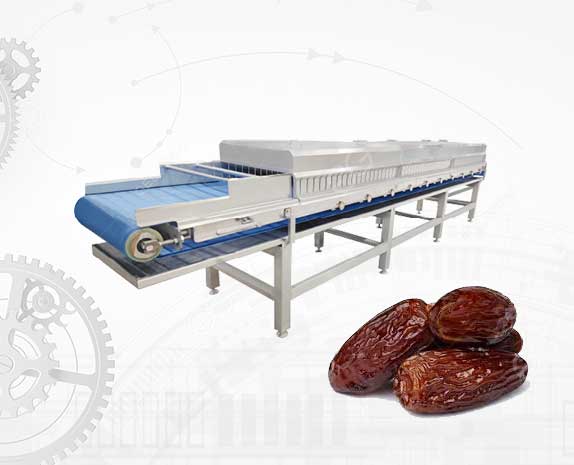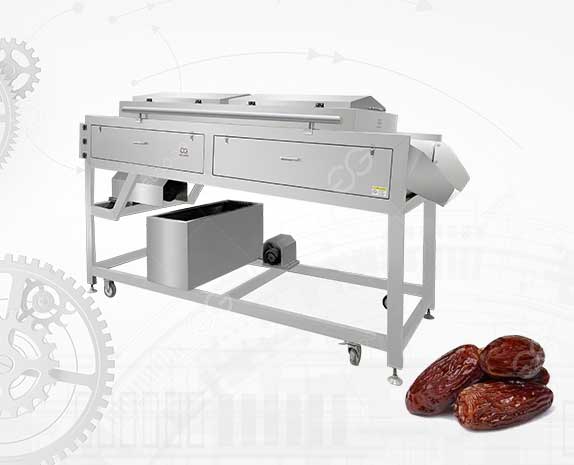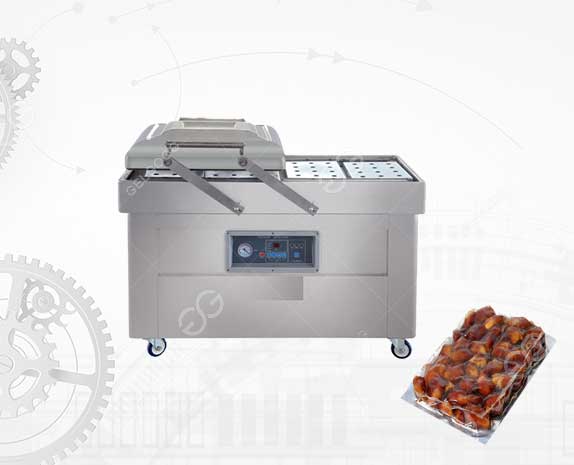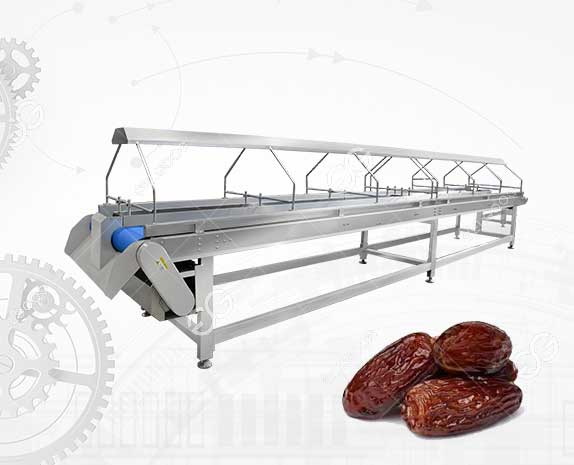Date palm is a fruit that is commonly found in the Middle East, North Africa, and the Mediterranean regions. It is a rich source of vitamins, minerals, and fiber, making it a highly sought-after food globally. The fruit is often eaten fresh, but it can also be processed into a range of products, such as date paste, date syrup, and dried dates.
In this blog, we will take you through the step-by-step process of how to process date palm in a factory.
1. Harvesting
The first step is to harvest the date palm fruit. The fruit is usually harvested when it is ripe and has turned a golden color. It is important to handle the fruit carefully during harvesting to avoid damaging it.
2. Sorting
Once the fruit has been harvested, it is sorted based on its quality. This involves removing any fruit that is damaged or has gone bad. Only the good quality fruit is sent for processing.
3. Washing
After sorting, the fruit is washed to remove any dirt or impurities. This is usually done using water jets, which are designed to clean by dates washing machine the fruit without damaging it.
4. De-stemming
The next step is to remove the stem from each fruit. This is done using a special machine that is designed to cut the stem off without damaging the fruit.
5. Drying
Once the stem has been removed, the fruit is dried. This can be done naturally under the sun or using drying machines. Drying helps to preserve the fruit and extend its shelf life.
6. Pitting
After drying, the fruit is pitted to remove the seed. Pitting can be done manually or using a machine.
7. Grinding
After pitting, the fruit is ground into a paste using a grinder. The paste can then be used to make date syrup, date sugar, or other date products.
8. Packaging
The final step is to package the date products and prepare them for distribution. This involves weighing and labeling the products before packing them into boxes or bags.
In conclusion, date palm processing is a crucial step in bringing this delicious fruit to our tables. It involves several stages, including harvesting, sorting, washing, de-stemming, drying, pitting, grinding, and packaging. By following these steps carefully, and expertly, manufacturers yield high-quality date products that are enjoyed by millions of people worldwide.




